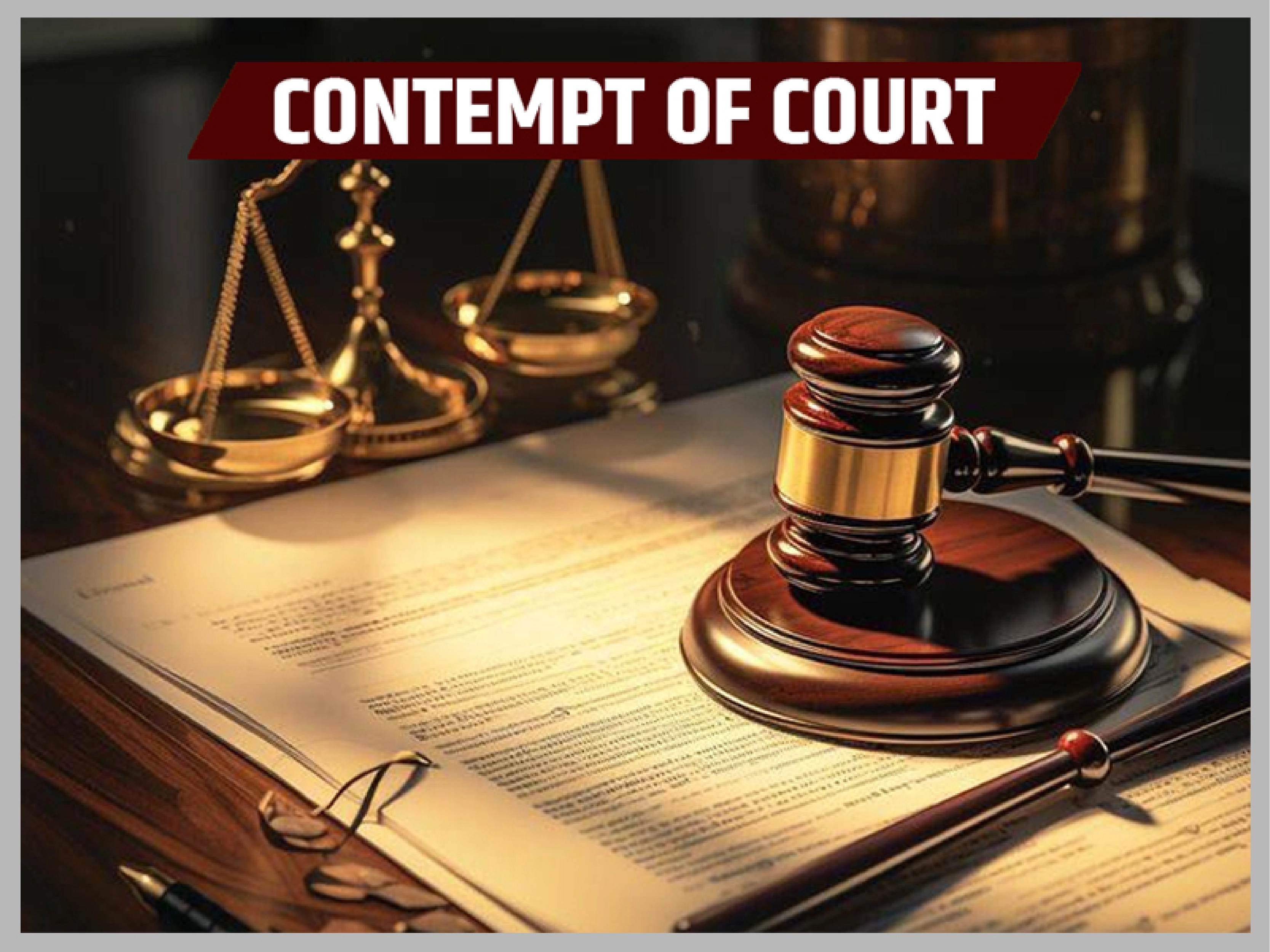Contempt of Courts Act, 1971 and Rules

12
SeptemberContempt of Courts Act, 1971 and Rules
Contempt of Courts Act, 1971 and Rules: An In-Depth Legal Analysis
The independence of the judiciary is the bedrock of constitutional democracy in India. Respect for courts and their authority is not only a matter of discipline but also a precondition for the effective administration of justice. To protect this authority, India enacted the ''Contempt of Courts Act, 1971'' (hereinafter “the Act”), which consolidates the law relating to contempt of courts and prescribes the procedure for contempt proceedings.
This article examines the historical background, statutory provisions, rules, powers of the courts, defences available, and key judicial pronouncements under the Act.
---
Historical Background
The law of contempt has its origins in English common law, where contempt was considered an offence against the administration of justice. In India, contempt was initially governed by the Contempt of Courts Act, 1926, which was later replaced by the Contempt of Courts Act, 1952. Dissatisfaction with ambiguities in the 1952 Act led to the enactment of the Contempt of Courts Act, 1971, based largely on the recommendations of the Sanyal Committee (1961).
---
Meaning and Classification of Contempt
Section 2 of the Act defines contempt in two forms:
1. **Civil Contempt [Section 2(b)]** – *“willful disobedience of any judgment, decree, direction, order, writ, or other process of a court or willful breach of an undertaking given to a court.”*
* Example: Disobeying an injunction order.
2. **Criminal Contempt [Section 2(c)]** – *“the publication (whether by words, spoken or written, or by signs, or by visible representation, or otherwise) of any matter or the doing of any other act whatsoever which—*
* *scandalizes or tends to scandalize, or lowers or tends to lower the authority of any court;*
* *prejudices, or interferes or tends to interfere with, the due course of any judicial proceeding;*
* *interferes or tends to interfere with, or obstructs or tends to obstruct, the administration of justice in any other manner.”*
---
Punishment under the Act
* **Section 12** prescribes the punishment for contempt: *simple imprisonment up to six months or fine up to ₹2,000, or both.*
* The court may discharge the contemnor or remit the punishment if an apology is made to its satisfaction.
---
Defenses to Contempt
The Act provides several safeguards to prevent misuse:
1. **Truth as a defense [Section 13(b)]** – Introduced by the 2006 Amendment; truth may be a valid defense if it is in *public interest* and *bona fide*.
2. **Fair and accurate reporting [Section 4]** – Publication of fair and accurate reports of judicial proceedings is not contempt.
3. **Fair criticism [Section 5]** – Fair criticism of judicial acts does not amount to contempt.
4. **Innocent publication [Section 3]** – A person is not guilty if publication was without knowledge of a pending proceeding.
---
Powers of the Courts
* **Supreme Court** – Article 129: “The Supreme Court shall be a court of record and shall have all the powers of such a court, including the power to punish for contempt of itself.”
* **High Courts** – Article 215: “Every High Court shall be a court of record and shall have all the powers of such a court, including the power to punish for contempt of itself.”
* The Act recognizes these constitutional powers but regulates their exercise.
---
Procedural Rules for Contempt
Proceedings under the Act are governed by **rules framed by the Supreme Court and High Courts**:
1. **Initiation of Proceedings [Section 15]**
* *Suo moto* by the court;
* On a motion made by the Attorney General, Solicitor General (for Supreme Court), or Advocate General (for High Court);
* By a private party with prior consent of the above law officers.
2. **Notice and Hearing**
* The alleged contemnor must be served noticeand allowedy to reply.
3. **Nature of Proceedings**
* Proceedings are quasi-criminal in nature but summary in procedure.
4. **Appeal [Section 19]**
* An appeal lies to the Supreme Court against orders of High Courts in contempt cases.
---
Landmark Judicial Pronouncements
1. **E.M.S. Namboodiripad v. T.N. Nambiar (1970) 2 SCC 325**
* The Court held that remarks scandalizing judges lower public confidence in the judiciary and amount to contempt.
2. **Re: Vinay Chandra Mishra (1995) 2 SCC 584**
* The Court emphasized its constitutional powers under Articles 129 and 142 to punish contempt.
3. **Arundhati Roy, In Re (2002) 3 SCC 343**
* The Supreme Court convicted the author for remarks against the judiciary, showing the fine balance between free speech and contempt.
4. **Indirect Tax Practitioners’ Association v. R.K. Jain (2010) 8 SCC 281**
* Reiterated that fair criticism of judicial functioning is permissible.
5. **Prashant Bhushan, In Re (2020) SCC OnLine SC 698**
* The Court clarified that truth may be taken as a defense if itis inn the public interest and bona fide.
---
Criticism of the Law
* **Vagueness** – The expression *“scandalizing the court”* is subjective and broad.
* **Conflict with Free Speech** – Critics argue that the law has a chilling effect on Article 19(1)(a) of the Constitution.
* **Global Trends** – The UK abolished “scandalizing the court” as contempt in 2013, raising questions about its continued relevance in India.
---
Conclusion
The **Contempt of Courts Act, 1971** serves as an essential tool to preserve the dignity of the judiciary and ensure the smooth administration of justice. At the same time, courts must exercise this power with caution so as not to stifle legitimate criticism and public debate. Recent amendments and judicial interpretations, particularly recognizing truth as a defense, are progressive steps in harmonizing the law with democratic principles.
The law of contempt, therefore, represents a **delicate balance between judicial authority and freedom of expression** — a balance that must constantly evolve in a modern constitutional democracy.
---
📌 **References**:
1. Contempt of Courts Act, 1971.
2. Constitution of India, Articles 129, 142, 215.
3. *E.M.S. Namboodripad v. T. Narayanan Nambiar ,(1970) 2 SCC 325.
4. *Re: Vinay Chandra Mishra*, (1995) 2 SCC 584.
5. *Arundhati Roy, In Re*, (2002) 3 SCC 343.
6. *Indirect Tax Practitioners’ Assn. v. R.K. Jain*, (2010) 8 SCC 281.
7. *Prashant Bhushan, In Re*, (2020) SCC Online SC 698
SANYA TIWARI
MANAVE LEX & PARTNERS


